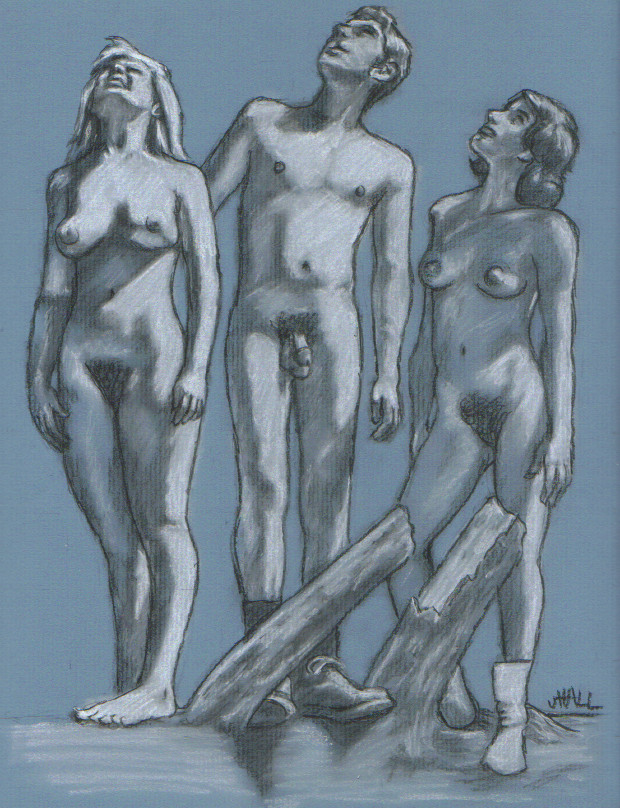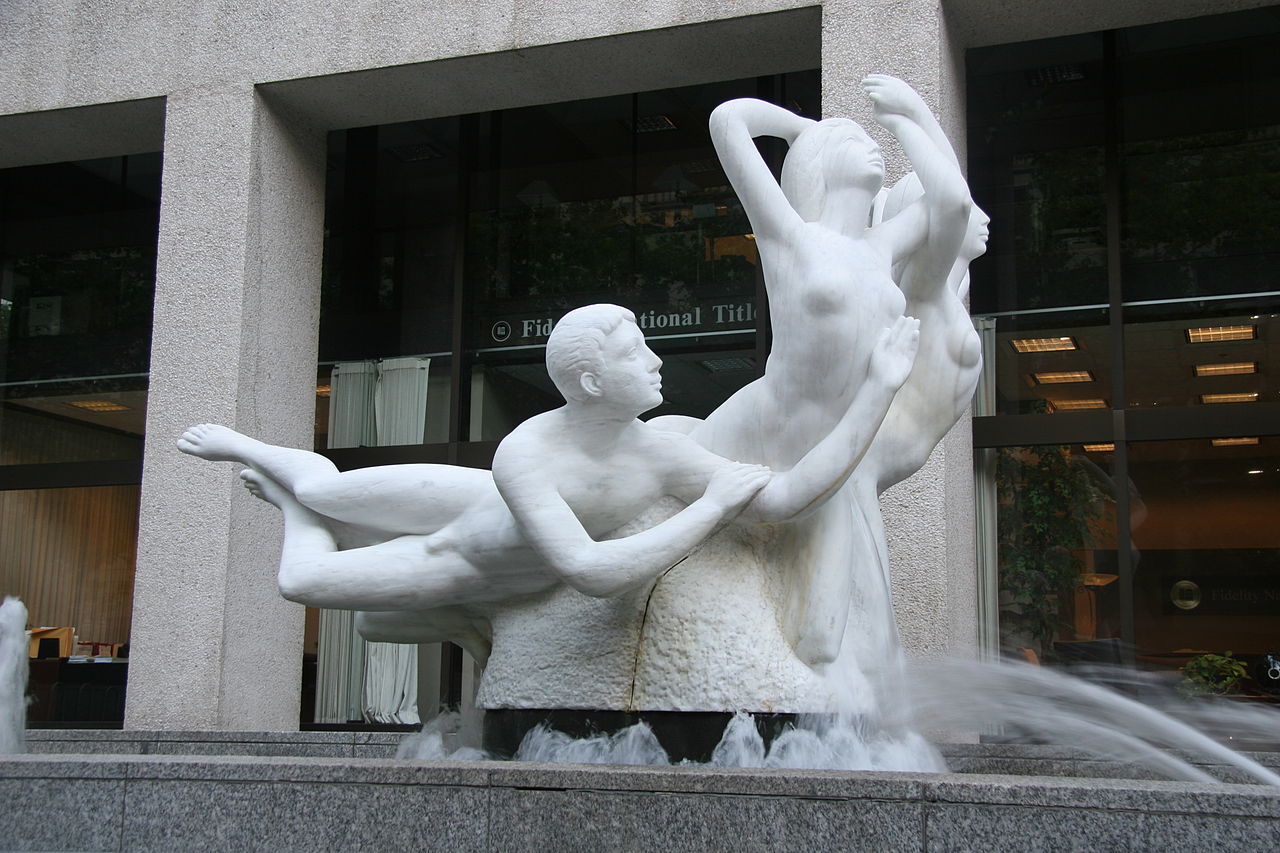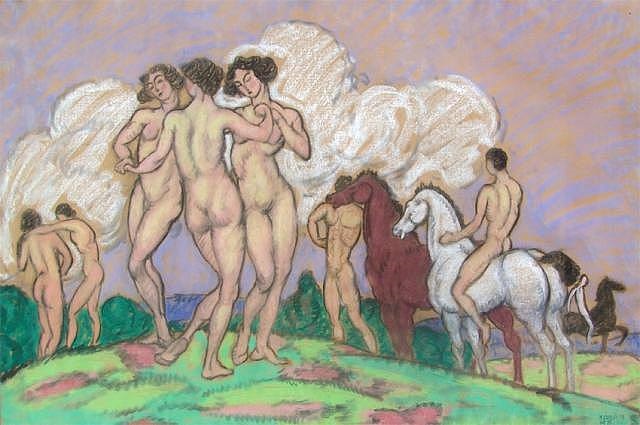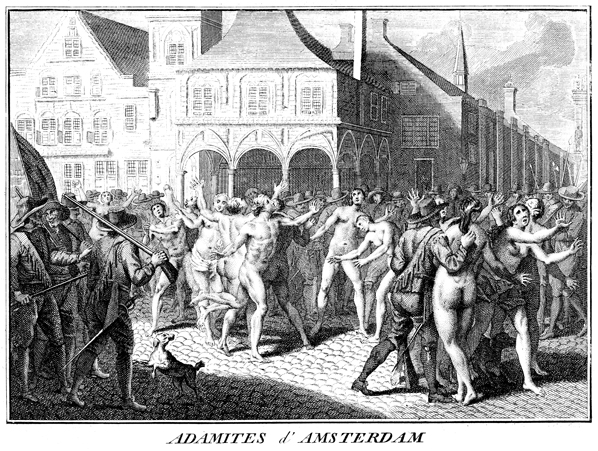2015-12-31

Is it possible to like the art made by someone you do not like? Famous actors, musicians, artists, and cinematographers often make news not for the art they produce but for the lifestyle they lead, both for good and for evil. Too often a reputation built on a body of work will be sullied by personal improprieties. This can lead to a sudden disappearance from public networks of that artist’s work. But has the value of the art actually changed? How much does the average art consumer really know about the lives of the artists whose art we appreciate? Should it matter? Do I need to know the reputation of a 17th century composer to enjoy listening to a sprightly tune? How deeply do I need to research the architect’s biography before visiting a stately estate donated to a non-profit organization? Money can never truly buy a clean conscience, but should that stop a patron from visiting an art museum donated by the family of a 19th century oil baron? And what if we never really know the artist’s true name? Can we never appreciate pseudonymous art?
This art is entitled “Contemplation”, and is signed “UHall”. I do not know the artist’s full name or reputation, but I like their shading.
2015-12-30
Just to clarify something about a naturist scene: the presence of a clothed person in the scene does not rendering it non-naturist. It is the presence of more than one person, not all of the same gender, and the absence of sexual activity that allows a scene to be a naturist one. There are those who would argue that there are other requirements as well (non-violent, optimistic, set in an outdoor setting, etc.) but these are the absolute minimum requirements for an image to be considered naturist.
This art is entitled “Polyphemus” and was done by Maurice Denis in 1907.
2015-12-29

Just because something is art does not entitle it to universal praise, or even universal acceptance. In other words, not everyone has to like it. This work in marble is displayed in downtown Portland, Oregon, USA, and has received mixed reviews. Viewed by some as fine art, some as mere kitsch, and by others as an eyesore, it has remained thought provoking since it was installed. Still, even if all art does is provoke thought, it still is good to have around.
2015-12-28

Public art has always created controversy. One of the most recent controversies centers around an artist in New York City who has been body painting nude models on the streets. Today’s art is a perhaps a bit less controversial. “Musica” by Alan LeQuire stands in the center of a busy traffic roundabout in Nashville, Tennessee, USA. While it generated strong opinions when first installed, the locals have come to accept it, for the most part, realizing that being nude by itself is neither lewd nor rude.
2015-12-27

Nothing shows the joy of life better than dance. The human figure in graceful movement evokes emotion in ways that cannot be explained, and seeing someone spontaneously burst into dance communicates joy in ways that cannot be denied. It is no coincidence that the traditional costumes in ballet serve more to emphasize the body rather than show it. Why not just dispense with the costume altogether? And if others want to join the dance, why cannot they be clothed similarly?
2015-12-26

Good humor is an essential part of modern life. Our society is changing so fast that we are constantly encountering situations that seem to contradict our expectations of how life is supposed to work. Without the vital lubricant of good humor life will grind to a painful halt. So it is in naturist art. We dare not take ourselves too seriously, or we risk adding friction and heat to already bound up situations. Besides, who can really take themselves seriously when they are playing naked in the water?
2015-12-25

This scene, entitled “Nudes with Horses”, was painted by Béla Kádár in approx. 1911. Was it painted from life? Perhaps yes, perhaps no. Either way, the freedom it depicts is something that I think we all crave from time to time. It is our goal to create a place where scenes like this could be much more commonplace for all people.
2015-12-24

Sylvia Sleigh was an artist who wanted to reverse the stereotypes prevalent in art. She said “I feel that my paintings stress the equality of men & women (women & men).”
2015-12-23

This idylic scene is actually replayed each year in many places around the world at those fortunate beaches that are used for nude bathing. Men and women, young and old, even rich and poor, all mixing freely in the state in which they were created. Wouldn’t it be nice if everyone had the opportunity to enjoy this freedom?
2015-12-22

This Picasso image shows the more familiar ‘cubist’ style of art that he created in the early part of the 20th century when he founded what would become known as the ‘Cubist Movement.’
2015-12-21

The unknown artist who created this woodcut effectively captured the religious fervour inherent in the Middle Ages in Europe as these revelers actively demonstrate. According to the Pitts Theology Library, ‘Christians in Amsterdam gather in public square, following the NeoAdamite practice celebrating their state of grace and innocence by not wearing clothes.’
2015-12-20

Before there were photographs, paintings and drawings were used to capture a moment and to bring to other people the visual representation of an event, location, person, or object. This use has largely faded in this era of immediate and faithful photographic documentation, and has been replaced by the idea that paintings present an idea of truth beyond what a mechanical observer could record. This view of beachgoers enjoying a warm day in their natural state is one no observer is likely to see in real life. Instead it presents an idea of freedom allowed and protected by an informed and dutiful state and enjoyed by an enlightened and tolerant populace.
2015-12-19

Not all art tries to recreate a scene realistically. This piece, “Bathers in Landscape” by the amazing and innovative Pablo Picasso, is quite stylized. It still manages to convey the impression expressed in the title. It encodes the ideas into as little line as possible, while still showing the joy and freedom of feeling the air and water on your skin in the great outdoors.
2015-12-18

Does art always have to be “beautiful”? Can we even make a definition for “beautiful” that everyone can agree on? I think the answer is no. Art is a message sent from one person to the world, encoded in paint (or chalk or marble or …), and there is no guarantee that any one person can understand the language the message is written in. What is beauty for one is not always beauty for another. All we can do is keep sending the messages.
2015-12-17

Our society is becoming aware, once again, that ‘gender’ is not always a simple binary thing. This is often apparent in art, where a figure depicted on a canvas will not always display a clear gender marking. How, then, can we say art is naturist if we cannot determine the gender of those depicted? Perhaps it is those pieces that most precisely show the true spirit of naturism.
2015-12-16

Taking a break from the plethora of paintings showing bathers, as has been mentioned this being a common subject for painters of naturist activities, here is a beautiful image of a group of skinny dippers. Once upon a time this activity used to be almost like a rite of passage growing up, however, in today’s more conservative mindset it’s rare to find much of this going on except at nudist camps and clothing optional beaches.
2015-12-15

“Bathers” is a very popular title for a naturist painting. Bathing or swimming was a common activity where the mixing of the genders in a non-sexual environment would naturally encourage nudity. Even today, the most popular nudist venues are beaches.
2015-12-14

Created circa 1900 – 1906, Paul Cézanne captured the essence of European naturist culture in this painting entitled ‘Bathers’ – a culture that is lacking in America. It was not unusual to find scenes like this throughout Europe. Even today there are a plethora of nudist or clothing optional beaches and areas where people congregate by the hundreds.
2015-12-13

The title of this piece is “Hot Springs With New Friends” by Henry Yuen. It shows a fairly typical scene at an unimproved hot spring in the American NorthWest, perhaps Washington or Oregon. Social activity is a vital part of any naturist culture. It is, after all, the social aspect of naturism that sets it above and apart from normal, everyday nudity. After all, who wouldn’t want to meet new friends of like mind at a beautiful wilderness area where clean, hot water just naturally comes out of the ground?
2015-12-12

Throughout the years there have been many “back to nature” movements, as well as many artists who have banded together to promote and develop a shared artistic vision. Indeed, many of the early naturist movements had a strong artistic arm, since the organizers knew that they needed to promote their lifestyle.
2015-12-11

Kirchner was an artist who was a member of the “Brücke” (“bridge”) group, a group of German expressionist artists, which from 1909 to 1911 would spend part of each summer at the island of Fehmarn and the lakes near Moritzburg, Dresden in Germany. This was the age when naturism was growing in Germany, and their laid-back lifestyle and communal nude bathing epitomized it.
2015-12-10

Most of our readers will know how rare this scene is these days. Like any number of other civil rights and liberties, the right to swim as free and naked as the day we were made is rapidly vanishing. It is our goal to create places where that joy can once again be available to anyone, regardless of race, gender, age, income, or ability. Will you join us?
2015-12-09

If the art can be nude, why can’t the viewers?
2015-12-08

From Picasso’s ‘Blue Period’ prior to his more well-known abstract works, ‘Two Friends’ shows a great example of a more realistic approach to the human form.
2015-12-07

Even in abstract, the concept of groups of people bathing in the nude is an old one, originating in centuries past and was still not frowned upon in the early part of the 20th century. This abstract art piece shows a group of bathers in a completely uninhibited scenario.
2015-12-06

Joy is an essential element of naturist art. This is not to say that every piece of naturist art must have a carnival atmosphere, or that no somber art can ever be said to have naturist elements. Rather it is to say that without joy naturism is just people being naked, and while there is nothing wrong with that, where is the fun in it?
2015-12-05

This is “Bathers 9” by Thomas Cornell. Yes, we have seen him before. I feel that as we advocate for places and opportunities for non-sexual, social, mixed-gender nudity it is important to remember our allies, and an artist who makes beautiful naturist art is certainly an ally!
2015-12-04

Not all naturist art shows life as it is, or even as it was. Much naturist art shows life as it ought to be. I must say, it has been a long time since I saw a bridge construction crew dressed like that!
2015-12-03

Waterfronts feature prominently in naturist art, and for good reason. For a long time (today’s art depicts a scene almost two millenia old) open water was a utility used for many purposes, private and public, and, as this scene shows, the presence of nudity did not deter the mixing of the genders, the classes, the generations, and the races in a non-sexual setting.
2015-12-02
 This work is “The Cycle of Life, Fire: Youth” by Martha Erlebacher. One of the best aspects of naturism is how it embraces the value of each person at each phase in their life. This is a crucial part of naturism and without it the practice degenerates into mere hedonism. By asking others to accept us as we are always we acknowledge our own nature, and by extension the nature of others.
This work is “The Cycle of Life, Fire: Youth” by Martha Erlebacher. One of the best aspects of naturism is how it embraces the value of each person at each phase in their life. This is a crucial part of naturism and without it the practice degenerates into mere hedonism. By asking others to accept us as we are always we acknowledge our own nature, and by extension the nature of others.
2015-12-01

There was a time in America where nudity – particularly social nudity – was not a stigma in the population In fact, at one time in our not too distant past, skinny dipping was almost considered a right of passage, however, in the modern day and age, this seems to have changed. As Dario Western asked the other day, why isn’t the 18 – 34 crowd seeming more open to social nudity.
Here is a great example of a number of naturist/nudist families taking advantage of the sun and sea in a highly social context. The black and white image I think lends a certain strength to the image as it is not saturated with colour that will or could distract from the action in the scene.
| My Patreon Account | |
 |
We are raising money to open a studio where we can create more art! |